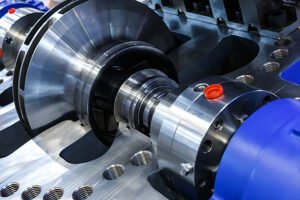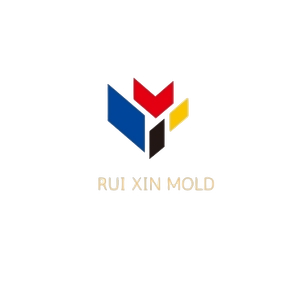Catalog
Tags
Combining CNC Machining and 3D Printing in Hybrid Prototyping Workflows

TL;DR: Hybrid prototyping combines CNC machining and 3D printing to leverage the strengths of both technologies—precision and speed—for faster, cost-effective, and high-quality product development. This approach is ideal for industries requiring rapid iterations and complex geometries.
How Hybrid Prototyping Works
Hybrid prototyping integrates subtractive (CNC machining) and additive (3D printing) manufacturing processes into a single workflow. CNC machining removes material from a solid block for high-precision parts, while 3D printing builds layers for complex geometries. By combining them, manufacturers can:
- Use 3D printing for rapid prototyping of complex shapes.
- Apply CNC machining for fine-tuning critical surfaces or tight tolerances.
- Reduce material waste by optimizing part production.
Types, Processes, and Materials
| Process | Materials | Best For |
| CNC Machining | Metals (Aluminum, Steel), Plastics (ABS, Nylon) | High-precision, load-bearing parts |
| 3D Printing (FDM) | PLA, PETG, TPU | Rapid prototyping, lightweight designs |
| 3D Printing (SLS) | Nylon, Polyamide | Complex geometries, functional prototypes |
Advantages and Use Cases
- Faster Iterations: 3D printing accelerates initial prototyping, while CNC refines final parts.
- Cost Efficiency: Reduces material waste and machining time.
- Design Flexibility: Combines intricate 3D-printed features with CNC’s structural integrity.
Ideal for: Aerospace, automotive, medical devices, and consumer electronics.
Real-World Applications
Example: General Electric (GE) uses hybrid workflows to develop jet engine components. 3D printing creates lightweight internal structures, while CNC machining ensures precise mating surfaces. This reduces weight by 20% and cuts production time by 30%.
FAQ
- Q: Is hybrid prototyping more expensive?
A: Initially, yes—but long-term savings from reduced waste and faster iterations offset costs. - Q: Can any material be used?
A: No, material compatibility depends on the chosen processes (e.g., metals for CNC, thermoplastics for FDM).
Ready to Optimize Your Workflow?
Explore hybrid prototyping today! Contact us for a consultation or request a sample part to see the benefits firsthand.
Summary: Hybrid prototyping merges CNC machining and 3D printing to deliver speed, precision, and cost efficiency. Whether for aerospace or consumer products, this approach unlocks new possibilities in product development.
Need Precision CNC Machining for Your Mold Components?
We specialize in custom CNC machining of mold inserts, slide cores, ejector plates, mold bases, and lifters
all made to your exact drawings and specifications.
👉 Let’s Build Your Next Project Together!
Tell us your needs and upload your drawings — we’ll get back within 24 hours.
